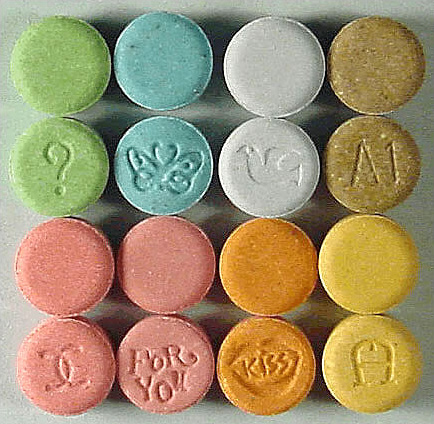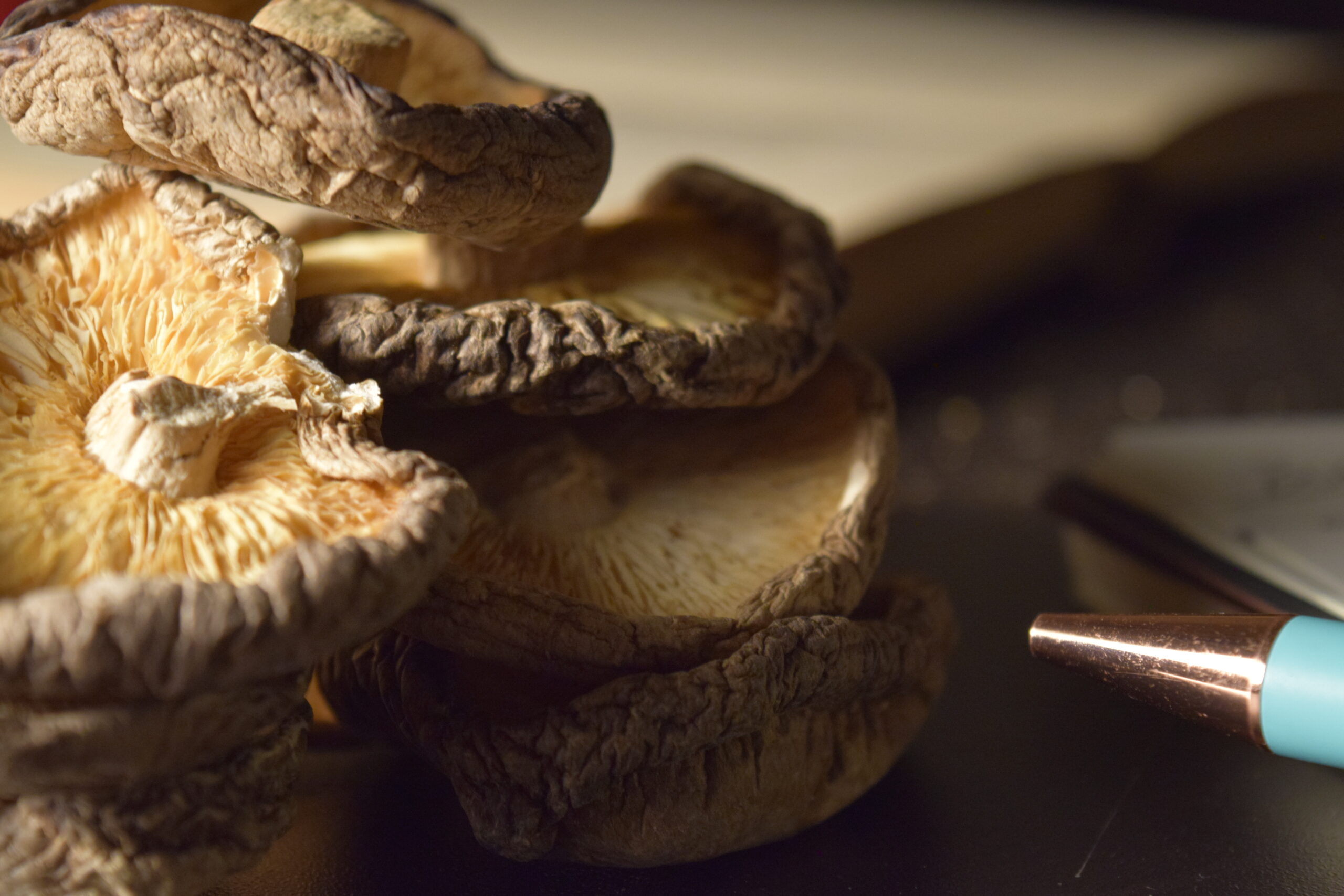Hope for a Psychedelic Renaissance
By DANIEL VELASCO
Drugs are always controversial. Any substance that has any effect on the brain has been often been scrutinized through a controlling eye.
In the book “Peyote: the Divine Cactus,” Edward F. Anderson describes psychedelics as “a horror to the Catholic mind.” He claims that “Spanish Conquistadores saw mind-altering drugs of the Aztecs as “pestiferous and wicked.”
In another book, “Shamans Through Time” by Jeremy Narby and Francis Huxley, it is claimed that the Spanish navigator and natural historian Fernandez de Oveido called indigenous tobacco use “devil worship.”
Because of this stigma, ancient knowledge that was once held sacred has since been looked down upon. Because of this, the world as we know it today is both stunted by its perception of psychedelics, and distan...


